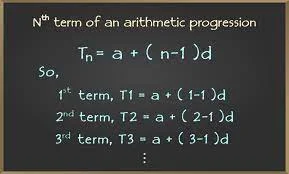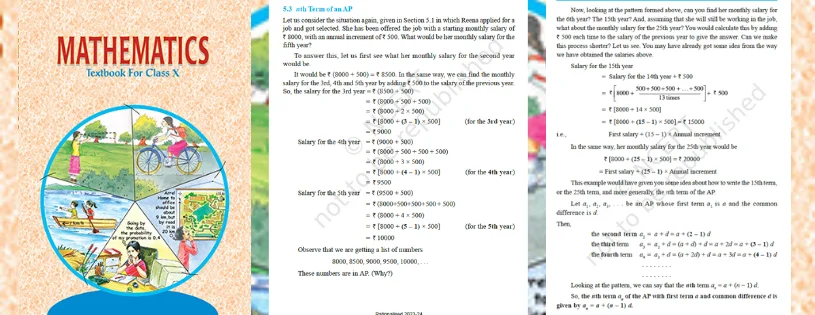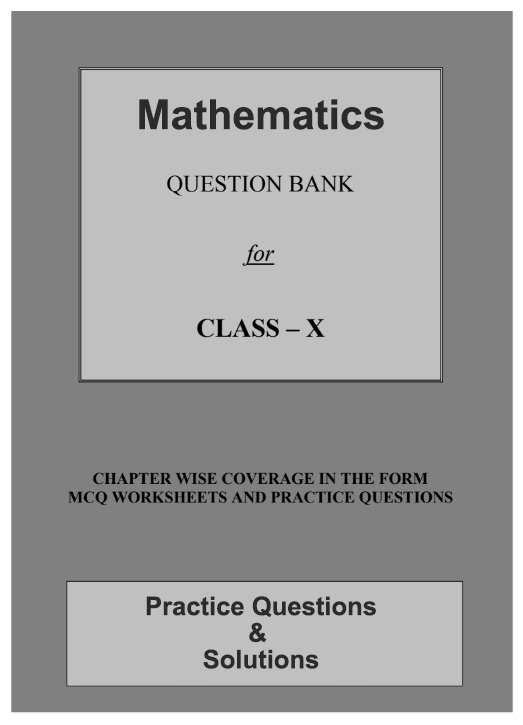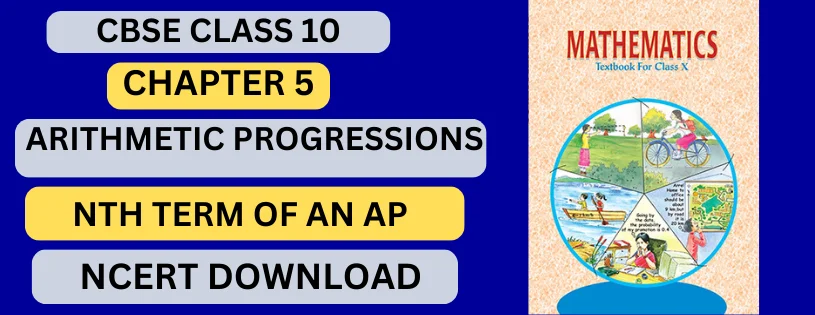Arithmetic Progression (AP) is a fundamental concept in mathematics that finds applications in various fields, from finance to physics. One of the key aspects of an AP is its ability to generate a sequence of numbers with a constant difference between consecutive terms. In this blog post, we will delve into the intriguing world of APs and specifically focus on unraveling the formula for the Nth term.
Cracking the Code Mastering the Nth Term Formula in Arithmetic Progressions

nth term of an AP, an = a+(n-1)d. (Note: The nth term of an AP (an) is sometimes called the general term of an AP, and also the last term in a sequence is sometimes denoted by “l”.)
nth Term of an AP Formula
Assume that a1, a2, a3,… be an arithmetic progression (AP), in which first term a1 is equal to “a” and the common difference is taken as “d”, then the second term, third term, etc can be calculated as follows:
Second term, a2 = a+d
Third term, a3 = (a+d)+d = a+2d,
Fourth term, a4 = (a+2d)+d = a+3d, and so on.
Therefore, the nth term of an AP (an) with the first term “a” and common difference “d” is given by the formula:
nth term of an AP, an = a+(n-1)d.
(Note: The nth term of an AP (an) is sometimes called the general term of an AP, and also the last term in a sequence is sometimes denoted by “l”.)
Also, read: Sum of N terms of AP
Understanding Arithmetic Progression
An Arithmetic Progression is a sequence of numbers in which the difference between any two consecutive terms is always the same. This common difference is denoted by 'd,' and it plays a crucial role in defining the progression. The general form of an AP is given by:
2,+3,…a,a+d,a+2d,a+3d,…

Download Mathematics notes
Deriving the Formula for the Nth Term
To find the Nth term of an AP, we can use a formula that expresses the relationship between the term number (n), the first term (a), and the common difference (d). The formula is:
Let's break down this formula
- an represent the Nth term we want to find.
- 'a' is the first term of the AP.
- 'n' is the position of the term in the sequence.
- 'd' is the common difference between terms.
nth Term of an AP Examples
Go through the following examples to understand the procedure for finding the nth term of an AP.
Example 1 Determine the 10th term of an AP 2, 7, 12, ….
Solution
Given arithmetic progression (AP) is 2, 7, 12, …
Here, the first term, a = 2.
Common difference, d = 7-2 = 5
n=10.
The formula to find the nth term of an AP, an = a+(n-1)d
Now, substitute the values in the formula, we get
a10 = 2 + (10-1)5
a10 = 2 + (9)5
a10 = 2+45
a10 = 47.
Hence, the 10th term of an AP 2, 7, 12, … is 47.
Example 2 The third term of an AP is 5 and the 7th term of an AP is 9. Find the arithmetic progression (AP).
Solution
Given that, the Third term of AP = 5
Seventh term of AP = 9
(i.e) a3 = a+(3-1)d = a+2d = 5 …(1)
a7 = a+(7-1)d = a+6d = 9 …(2)
Now, solve the equations (1) and (2), we get
a=3 and d = 1.
Therefore, the first term is 3 and the common difference is 1.
Therefore, the arithmetic progression (AP) is 3, 4, 5, 6, 7, 8, 9, ….
CBSE Class 10th Downloadable Resources:
Being in CBSE class 10th and considering the board examinations you must be needing resources to excel in your examinations. At TestprepKart we take great pride in providing CBSE class 10th all study resources in downloadable form for you to keep you going.
Below is the list of all CBSE class 10th Downloads available on TestprepKart for both Indian and NRI students preparing for CBSE class 10th in UAE, Oman, Qatar, Kuwait & Bahrain.
SAMPLE PRACTICE QUESTION
Q1: What is the nth term of an Arithmetic Progression (AP)?
An: The nth term of an AP is a formula that allows you to find the value of any term in the sequence based on its position.
Q2: How is the nth term of an AP represented and calculated?
Ans: The nth term is often denoted as \(a_n\) or \(T_n\), and the formula is \(a_n = a + (n-1)d\), where \(a\) is the first term, \(n\) is the position of the term, and \(d\) is the common difference.
Q3: Can you provide a step-by-step example of finding the nth term in an AP?
Ans: Certainly! For an AP with a first term (\(a\)) of 3 and a common difference (\(d\)) of 5, the nth term formula \(a_n = 3 + (n-1) \times 5\) yields the nth term.
Q4: How does the common difference influence the nth term in an AP?
Ans: The common difference determines the rate at which each term increases. It is multiplied by the position of the term minus one in the nth term formula.
Q5: What if the common difference is negative in an AP? How does it impact the nth term?
Ans: A negative common difference would result in a decreasing sequence. The negative value is multiplied by the position term in the nth term formula.

Download Question Bank


Post a Comment